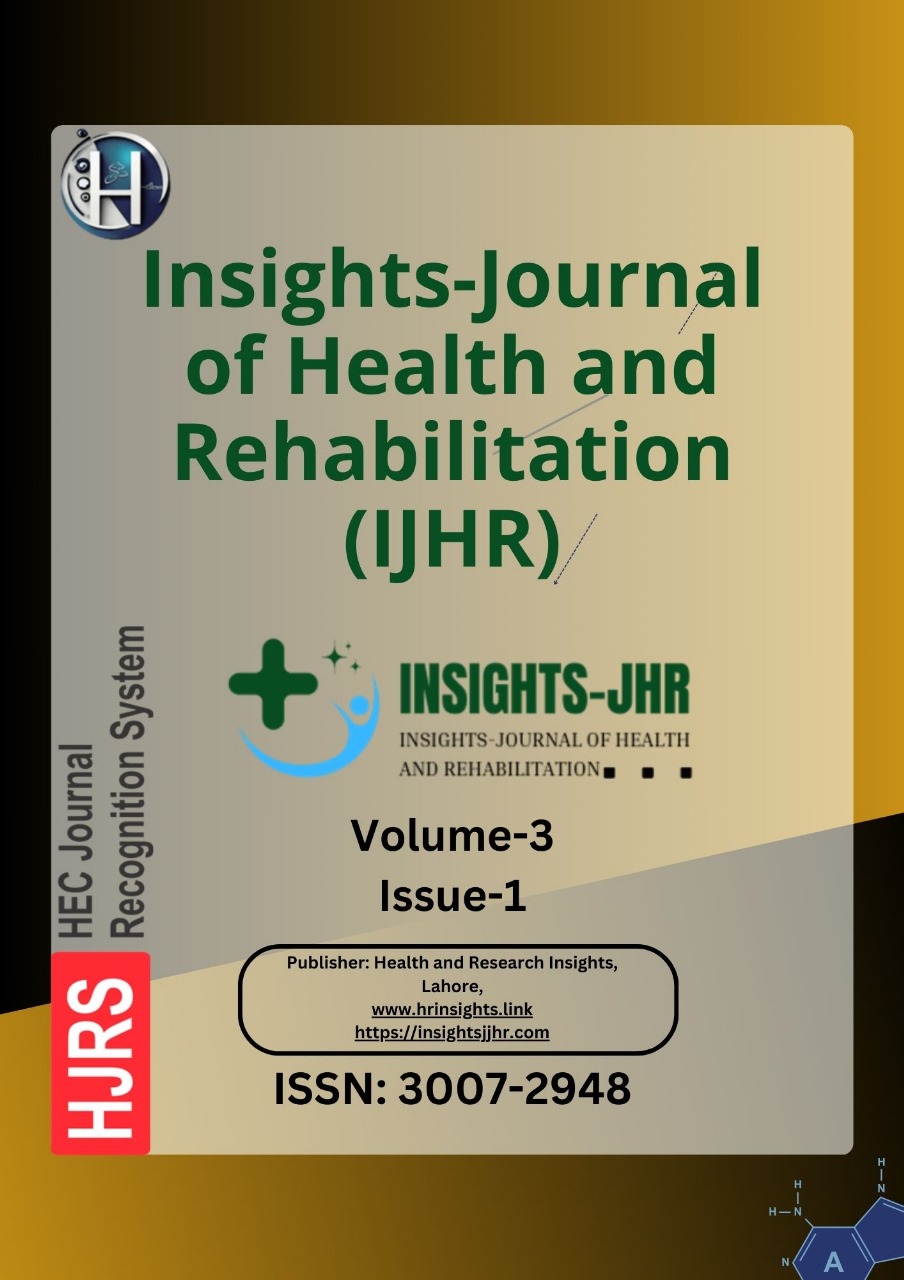UTILIZATION OF MAGNETIC RESONANACE IMAGING(MRI) FOR IDENTIFYING BRAIN INFARCTS, INCLUDING THE DETECTION OF THESE LEISIONS ON VARIOUS MRI SEQUENCES
DOI:
https://doi.org/10.71000/hs006y54Keywords:
Brain infarction, Diffusion-weighted imaging, Hypertension, Ischemic stroke, Magnetic resonance imaging, Stroke diagnosis, Unilateral limb weaknessAbstract
Background: Magnetic Resonance Imaging (MRI) has become a cornerstone in diagnosing brain infarcts due to its superior sensitivity and specificity compared to other imaging modalities. The ability of MRI to employ various sequences enables a detailed evaluation of ischemic stroke across acute and chronic phases. Accurate detection and characterization of brain infarcts are crucial for timely clinical interventions, particularly in identifying ischemic lesions and guiding therapeutic decisions.
Objective: To evaluate the utilization of MRI in diagnosing brain infarcts and to determine the effectiveness of different MRI sequences in detecting these lesions.
Methods: This cross-sectional retrospective study included 71 patients who underwent brain MRI at a tertiary care hospital. Inclusion criteria involved adults aged 18 and above, presenting with clinical symptoms such as headache, hypertension, and unilateral limb weakness. MRI scans were performed using a 1.5 Tesla MRI machine, with protocols that included Diffusion-Weighted Imaging (DWI), T1-weighted, T2-weighted, FLAIR, and ADC mapping sequences. Data collection was carried out using structured questionnaires, and clinical and imaging findings were analyzed using SPSS version 25.
Results: The study population consisted of 34 males (47.9%) and 37 females (52.1%), with a mean age of 43.01 years (range: 20–85; standard deviation: 18.474). Acute infarcts were identified in 36 patients (50.7%), while 35 patients (49.3%) had chronic infarcts. Limb weakness on one side was observed in 42 patients (59.2%), and 43 patients (60.6%) had a history of hypertension and headache. DWI was the most commonly utilized protocol for detecting acute infarcts, while T1- and T2-weighted sequences were predominant for chronic infarcts.
Conclusion: MRI is an indispensable imaging modality for diagnosing brain infarcts with unparalleled accuracy. The integration of specific sequences such as DWI for acute infarcts and T1/T2-weighted imaging for chronic infarcts enhances diagnostic precision and facilitates effective clinical management.
Downloads
Published
Issue
Section
License
Copyright (c) 2025 Moazma Aijaz, Ramsha Ashraf, Kainat Tariq, Aqsa Yasin, Aiman ijaz, Maham Fayyaz (Author)

This work is licensed under a Creative Commons Attribution-NonCommercial-NoDerivatives 4.0 International License.







